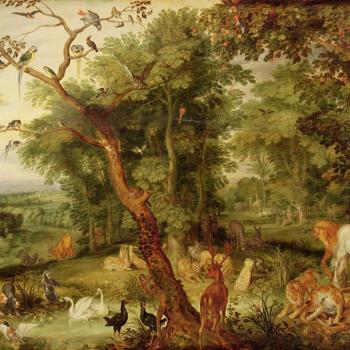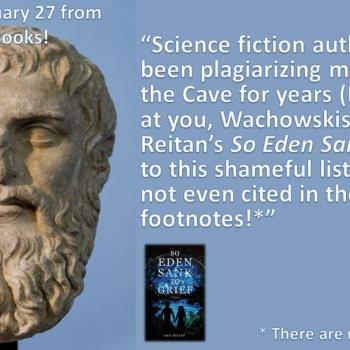Call for Papers: The Age of the Pulps: v
Submission date for 400-word proposals—: 1 June 2019
Contact—: Thomas Connolly ([email protected])
The genre of science fiction was “born” in April 1926, when Hugo Gernsback published the first issue of Amazing Stories. Of course, stories of technological speculation and scientific fantasy were to be found long before the brightly coloured pages of the pulp magazines—yet Amazing Stories is credited with providing early SF with its first dedicated publication venue. The subsequent decades were a remarkably fertile period in the history of Anglophone SF—from Gernsback’s single SF magazine, the field grew to include nearly 20 others by 1939, and the subsequent “Golded Age” saw the arrival of the most familiar names of twentieth-century SF into the field.
The pulp magazines therefore occupy a central place in the history of Anglophone SF—as Mike Ashley has argued, “it remains a truism that no country has developed its own body of science fiction writers without having a regular SF magazine and the majority of the leading SF writers throughout the world learned their craft through the SF magazine”. It is here that SF consolidated into an established and self-reflexive genre, and here too that we find the beginnings of the SF “mega-text”—the body of common meanings, references and tropes shared, as Damian Broderick has argued, between SF works. Although the literary quality of the pulp SF stories is often questionable, these stories nevertheless respond in dynamic and complex ways to the social and political conditions of interwar America. As John Cheng notes, the writers of pulp SF “genuinely believed that science held imaginative potential and progressive purpose”. At the same time, the growth of fandom—fan clubs, letter sections, conventions—blurred the lines between producers and consumers of SF, and the age of the pulps comprised a period of fertile crossover between readers, authors, and editors.
We are seeking proposals for articles exploring any aspect of pulp SF from Gernsback’s initial magazine up to the waning of American magazine SF in the late 1950s. Suggested topics include, but are not limited to:
• Female and POC writers in the SF pulps
• Capitalist modernity, globalisation and the experience of space and time
• Technocracy, technological imperialism and “super-science”
• Space opera, aliens and imperialism
• The publishing milieu and commercial practices of the early pulps
• Non-narrative content in pulp SF magazines—advertisements, editorials, fan letters
• The “Golden Age” and the Second World War
• The crossover between American pulp writers and writers from other countries
• The relationship between SF and other pulp genres (detective fiction, westerns, romance fiction, etc.)
• Fandom and the interactions between readers, writers and editors
• Genre formation and the growth of the SF “mega-text” in the pulps
• Examinations of specific magazine titles or pulp SF authors
• The relationship between pulp SF and other SF venues (the paperback, Hollywood cinema, television, etc.)
• The SF pulps as popular fiction, and the tension between “high” and “low” art
Although the primary focus of this collection is intended to be the American pulp SF scene between 1926 and 1960, submissions that examine pulp SF alongside other magazine traditions (e.g., non-Anglophone magazine SF, the British magazine tradition) will also be considered.
Submission—: Please submit abstracts of 400 words (alongside a brief bio) to [email protected] by 1 June 2019. Informal queries are welcome. Finalised articles expected by 15 November 2019.













